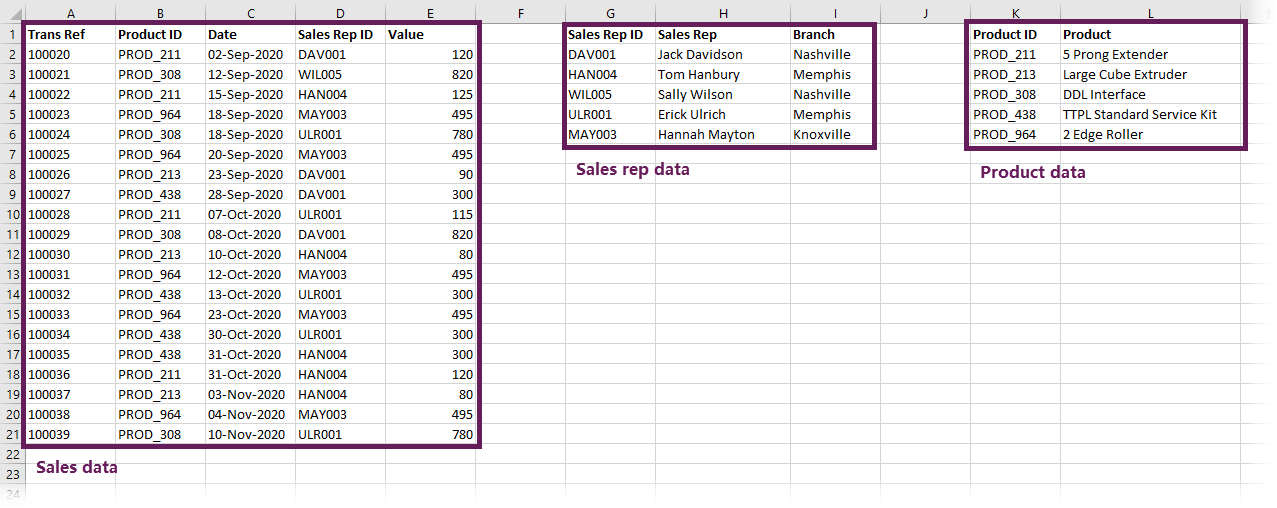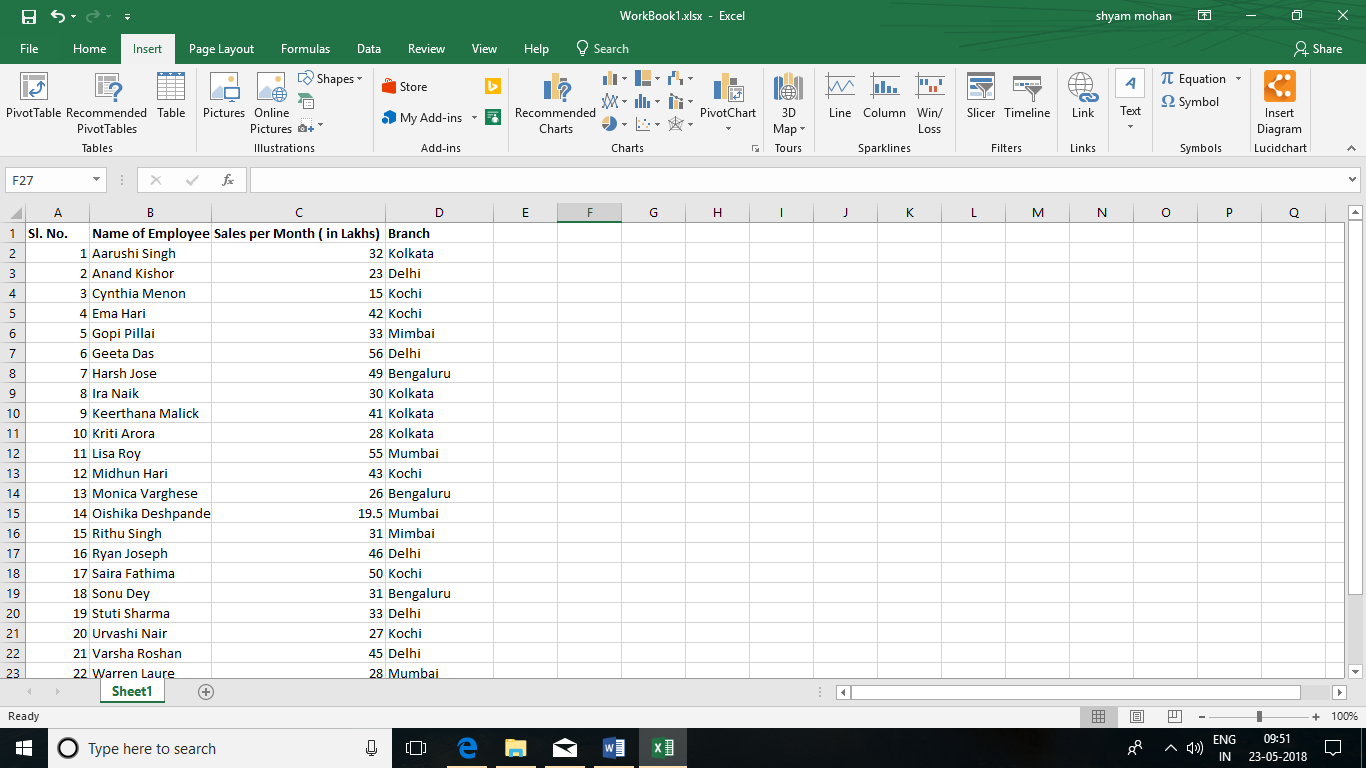
You can do one of a couple of things here: Note that we're not actually changing to a new data source, we're simply going to update the existing data source to include the new data.Ĭlick the Change Data Source button to see the following dialog box:Īs you can see, the data range for our existing sales report pivot table is already selected.

The Change Data Source button will allow you specify a new data source for your pivot table. Note that you can also choose to refresh your data by right-clicking anywhere in your pivot table and choosing Refresh from the menu. Using the Refresh button won't automatically pick up any new data in your table (unless you're using Excel's Table feature as the source for your pivot table - we'll come to that shortly). The Refresh button will update your pivot table to reflect any changes in your existing data, such as any changes to our sales data due to customer returns.

It's important to understand what these buttons do, and how they differ: We are interested in just two buttons on this toolbar - the Refresh button and the Change Data Source button:

This will show you a range of different options for managing your pivot table. The next step is to click inside your pivot table so that the Pivot Table tools options appear in the ribbon toolbar, as shown here:įrom there, click Options in Excel 2010 or earlier, or Analyze in Excel 2013. As you can see, we now have 924 rows of data: Here's a shot of some of our additional data. In our case, we'll simply paste the additional rows of data into the existing sales data table.

This lesson shows you how to refresh existing data, and add new data to an existing Excel pivot table.


 0 kommentar(er)
0 kommentar(er)
